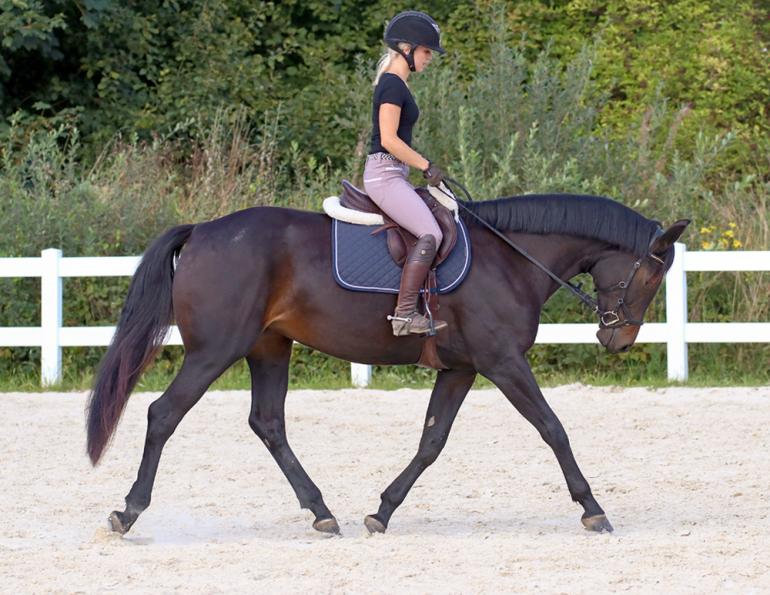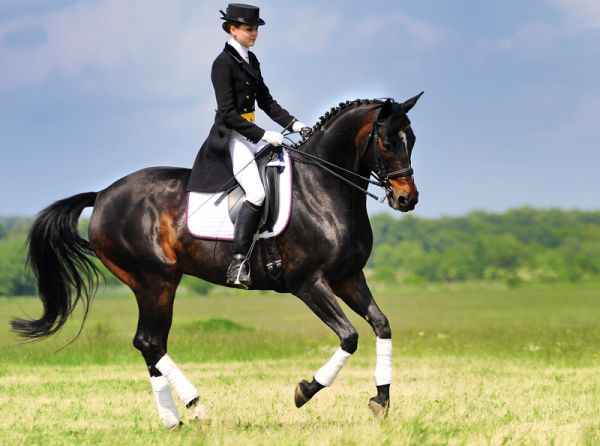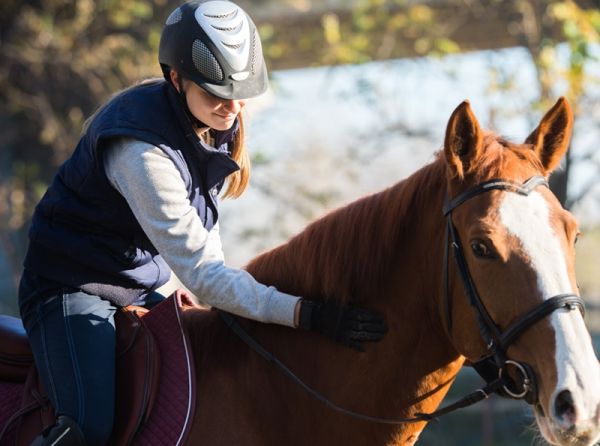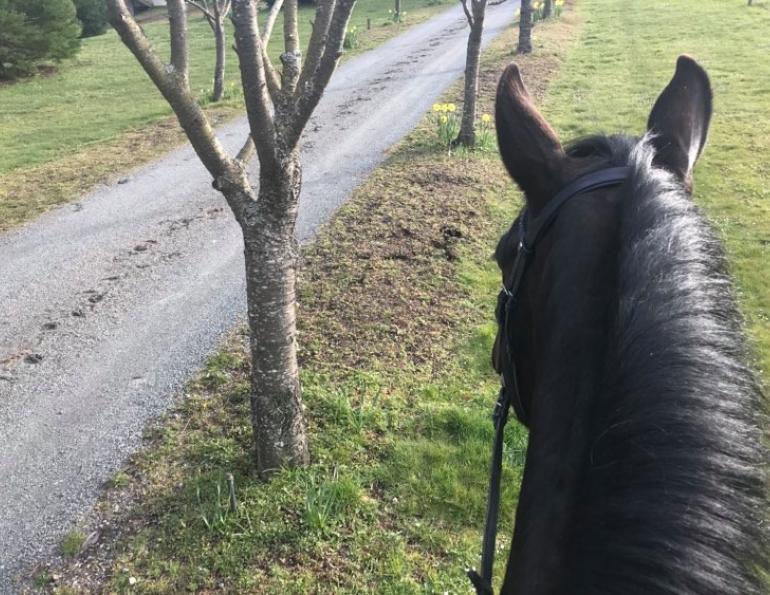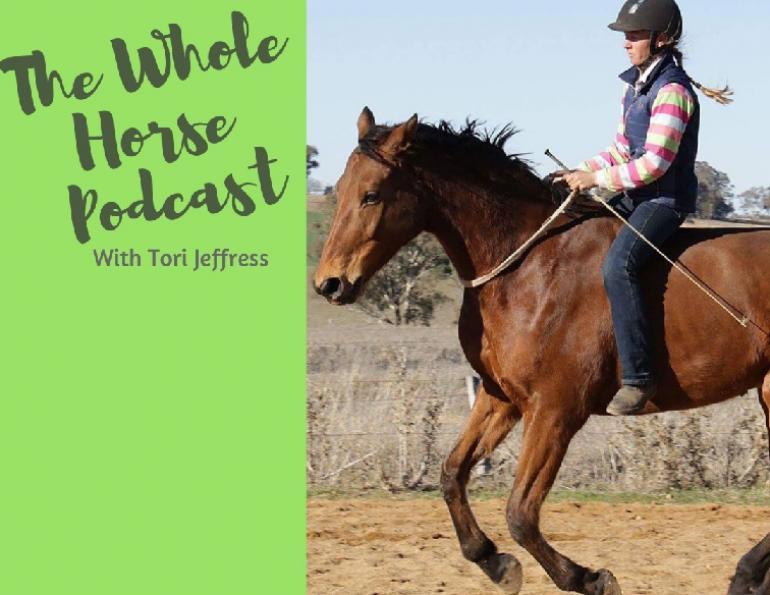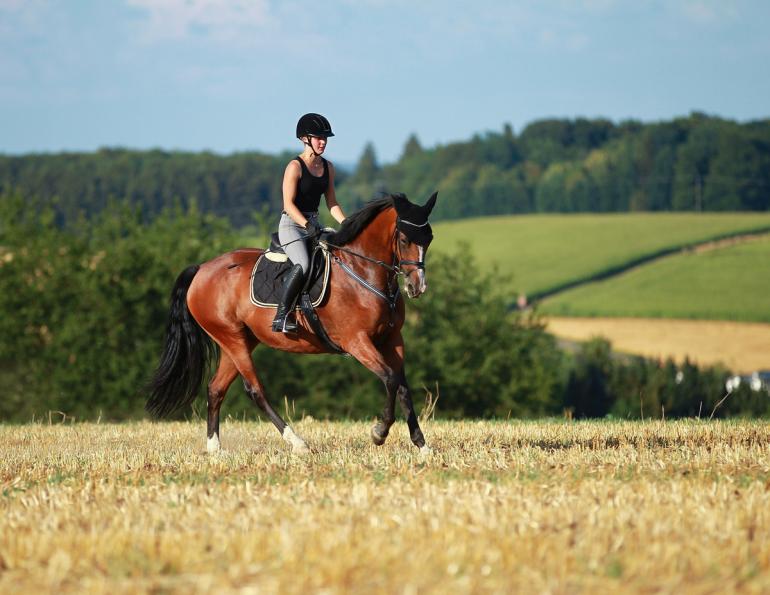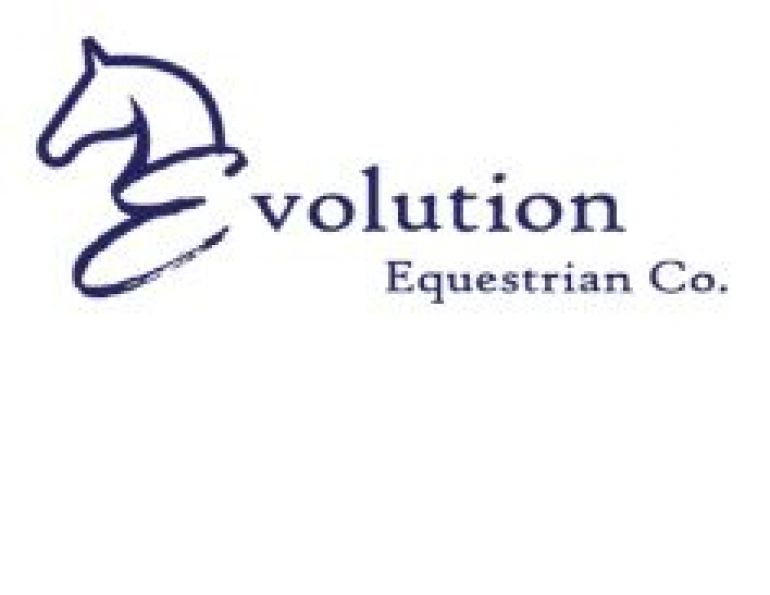For years, the sage advice of classical dressage master Nuno Oliveira guided my daily rides. I had read a quote by him deriding the use of a watch or any kind of timepiece when schooling a horse. His philosophy was that riders needed to school by feeling and responding to the horse rather than by any kind of external measurements or parameters. I adopted this idea wholeheartedly for many years, modulating the duration of my training exercises and sessions based on how I felt the horse was, or was not, making gains from them.
Over time, however, two realities altered this approach for me. First, the more I studied exercise physiology the more I realized that certain tasks needed to be performed for a very specific amount of time in order to achieve the desired result. Second, we humans are not as focused nor aware nor consistent in our efforts from day to day as we assume. This makes the “training by feel” paradigm erratically applied throughout any given week, day, or session. Today, I still ride a majority of each session by feeling and responding to the horse, but I do often use my watch.
Using a watch keeps me on track. It holds me accountable, prevents both laziness and overworking, and provides structure to any workout. Let me offer a few examples of why it is necessary to use a watch. Numerous scientific studies have shown that horses need eight to twelve minutes of continuous walking at the beginning of a session to warm up and circulate their joint fluids so their joints are optimally primed. When I ask riders to adhere to this figure, most of them “feel” like they have reached the ten-minute mark when in fact only five minutes have passed.
As soon as my butt lands in the saddle on any given horse each day, I immediately note the time. As a trainer, I am frequently interrupted by students needing to ask questions or stopping by to say hello, and by noting the time I am able to be fairer to the horse I am schooling. On a recent day, for example, I mounted a horse at 9:52am and commenced our phase of walking around to circulate joint fluid. Within moments, one of my students walked into the arena and interrupted me. I had to stop my horse and answer a bunch of questions.
Feeling a little annoyed and now behind schedule, I wanted to carry on with my ride and was just about to urge my horse to a trot when I checked my watch again. It was 9:58. I had definitely not satisfied my own rule of walking the horse for a full ten minutes before trotting. Good thing I checked my watch, because my instincts were telling me to move the session in a different direction!
The safeguards of checking my watch also applies to the actual exercises within any ride. Often, in our quests for perfection, we can spend far too much time drilling a maneuver or routine. Horses’ neuro-muscular systems respond to this kind of repetition by dulling, meaning they recruit fewer muscle fibers, and at lesser force rates. In other words, there are diminishing returns on our efforts.
When I introduce gymnastic exercises to students at clinics, they sometimes experience an immediate result from their horses. After one or two repetitions of a cavalletti pattern, for example, the horses might suddenly start trotting with more rhythm and agility. However, these instant changes do not indicate deeper muscular and skeletal adaptations. I like to remind riders that any exercise needs to be practiced enough to make these more substantial and permanent changes. A single moment is insufficient. An entire half-hour is too long. How, then, do you know what timing to use?
The long answer is that each horse is different: some horses will benefit from ninety-second intervals while others might need three-minute intervals. Figuring out what your horse needs requires monitoring your rides for clues about how/when your horse is in the work zone and how/when he recovers. The shorter answer is: You need a watch.
Photo: Shutterstock/Rolf Dannenberg



